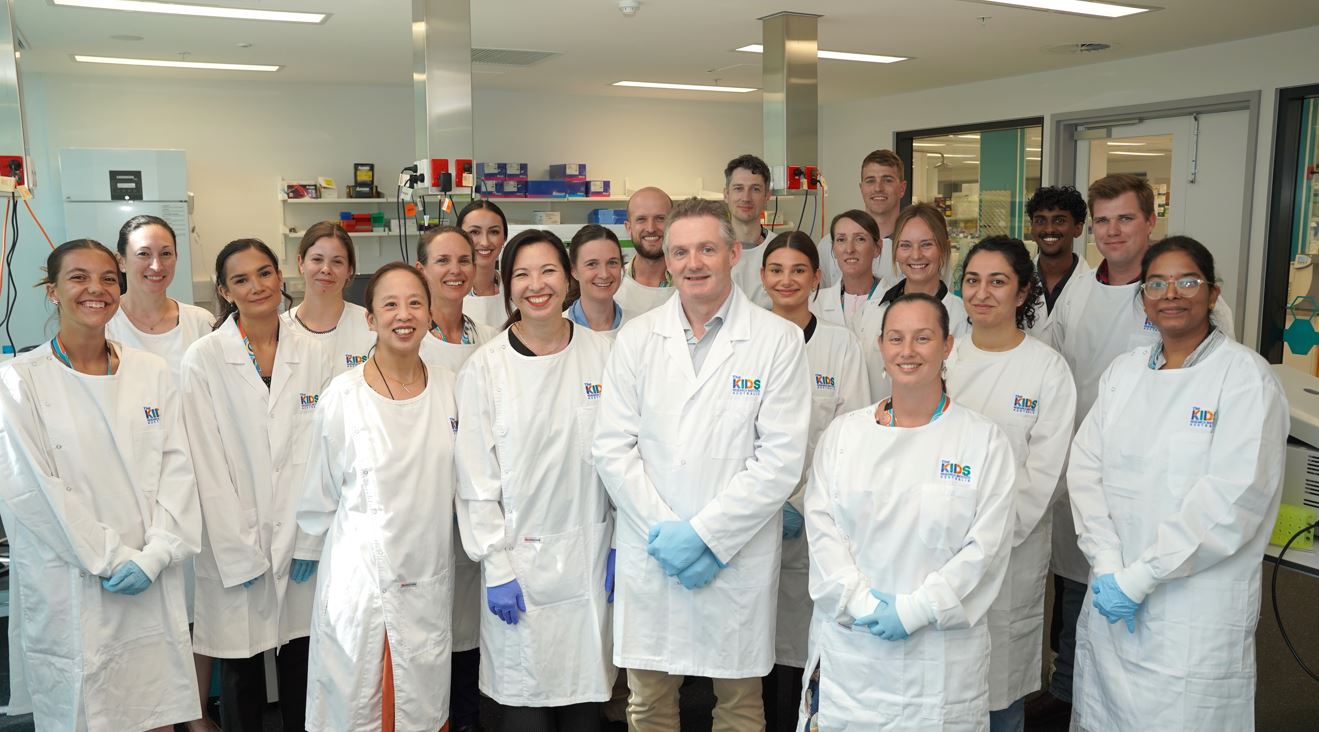Search

We strive for a future where no child will die from brain cancer because we have developed new therapies that will cure their disease.
Research
Efficacy of acute myeloid leukemia therapy without stem-cell transplantation in a child with blastic plasmacytoid dendritic cell neoplasmOur case demonstrates that AML therapy, without HSCT, can be sufficient to treat this rare disease in children.
Research
Glioma-specific Domain IV EGFR cysteine mutations promote ligand-induced covalent receptor dimerization and display enhanced sensitivityEpidermal growth factor receptor (EGFR) is over-expressed in many brain tumors. This paper examines mutations the EGFR that make the cell it is produced in...
Research
The evolution of clinical trials for infant acute lymphoblastic leukemiaDespite initial improvements in survival of infants with ALL since establishment of the first pediatric cooperative group ALL trials, the poor outcome has...
Research
Clinical Characteristics and Outcomes of Central Nervous System Tumors Harboring NTRK Gene FusionsTropomyosin receptor kinase (TRK) fusions are detected in less than 2% of central nervous system tumors. There are limited data on the clinical course of affected patients.
Research
Relapse and outcome patterns of patients with central nervous system mixed malignant germ cell tumors treated without irradiationThis study investigated the relapse and outcome patterns of patients with central nervous system mixed malignant germ cell tumors treated with chemotherapy-only
Research
Relapse and outcome patterns of patients with central nervous system mixed malignant germ cell tumors treated without irradiationThis study investigates the different patterns of relapse in patients with central nervous system mixed malignant germ cell tumors - treated with chemotherapy.
Research
Recurrent MET fusion genes represent a drug target in pediatric glioblastomaWe identified previously unidentified gene fusions involving the MET oncogene in pediatric glioblastoma
Research
Precision-guided treatment in high-risk pediatric cancersRecent research showed that precision medicine can identify new treatment strategies for patients with childhood cancers. However, it is unclear which patients will benefit most from precision-guided treatment.
Research
Imaging of pediatric brain tumors: A COG Diagnostic Imaging Committee/SPR Oncology Committee/ASPNR White PaperTumors of the central nervous system are the most common solid malignancies in children and the most common cause of pediatric cancer-related mortality. Imaging plays a central role in diagnosis, staging, treatment planning, and response assessment of pediatric brain tumors.
